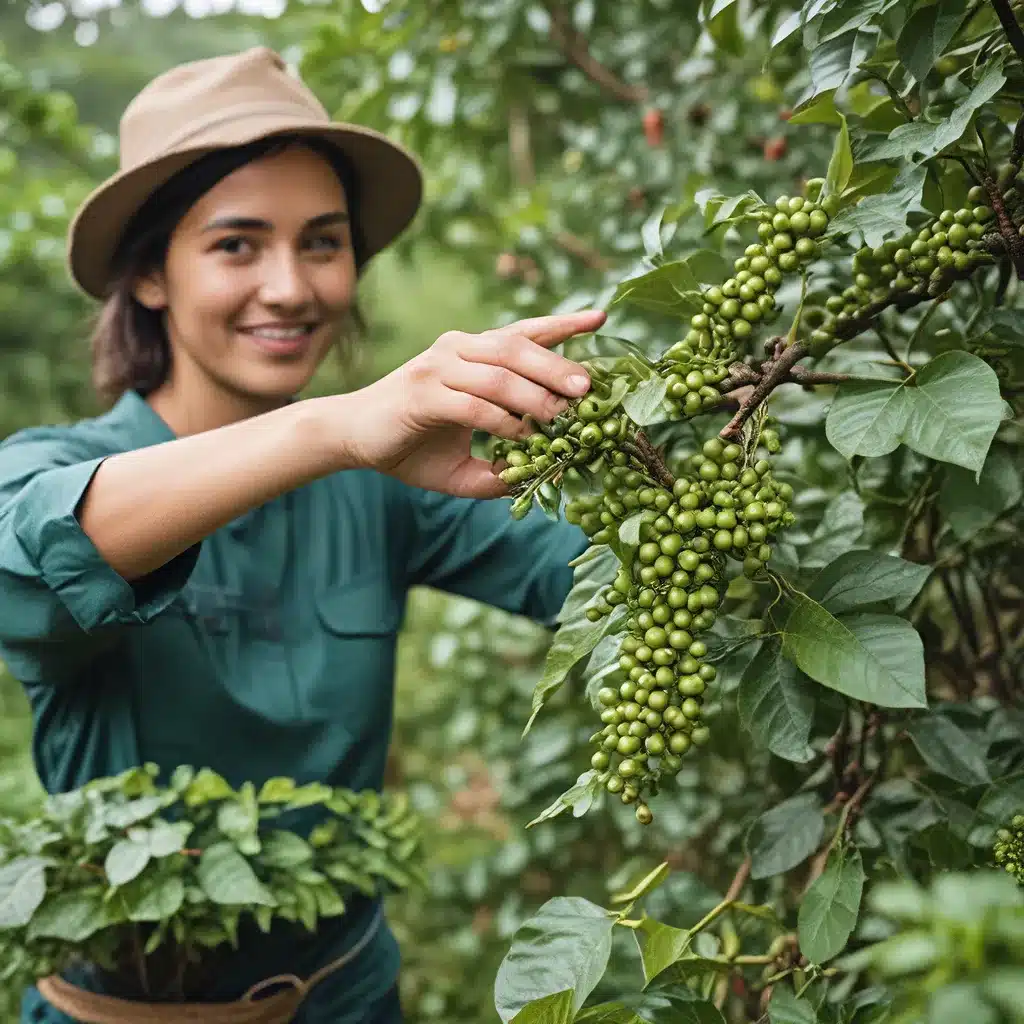
As a coffee enthusiast, I’ve always been captivated by the rich history and global diversity of this beloved beverage. But in recent years, I’ve become increasingly aware of the environmental challenges facing the coffee industry. From climate change to deforestation, the very foundations of this thriving industry are under threat. That’s why I’m excited to delve into the topic of sustainable sourcing – a critical effort to ensure the long-term viability of the coffee we all know and love.
Uncovering the Realities of Coffee Production
Let’s start by acknowledging the sobering truth: coffee production is a major contributor to environmental degradation. The industry’s reliance on monoculture farming, heavy pesticide use, and water-intensive processing has taken a significant toll on the planet. In fact, some estimates suggest that coffee production accounts for up to 1% of global greenhouse gas emissions!
But the coffee industry isn’t just an environmental villain – it’s also a lifeline for millions of smallholder farmers around the world. These resilient individuals are the backbone of the industry, yet they often face crushing poverty, limited access to resources, and the daunting challenges posed by climate change.
It’s a complex issue, to be sure. But as I’ve delved deeper into the topic, I’ve discovered that there’s a glimmer of hope on the horizon. Enter the concept of sustainable sourcing – a multifaceted approach to addressing the environmental and social challenges that plague the coffee industry.
Sustainable Sourcing: A Holistic Approach
At its core, sustainable sourcing is about taking a comprehensive look at the coffee supply chain and implementing strategies to mitigate environmental damage, support farmer livelihoods, and ensure the long-term viability of this beloved industry.
One of the key pillars of sustainable sourcing is regenerative agriculture. This approach to farming focuses on rebuilding soil health, enhancing biodiversity, and sequestering carbon. By adopting regenerative practices, coffee farmers can not only improve the resilience of their crops but also contribute to the global fight against climate change.
But sustainable sourcing goes beyond just farming techniques. It also involves empowering and supporting the coffee growers themselves. This means investing in farmer training, infrastructure development, and fair trade practices that ensure a decent standard of living for the individuals who toil tirelessly to bring us our daily cup of joe.
And let’s not forget the importance of transparency and accountability in the coffee supply chain. By partnering with third-party certification organizations and engaging in open dialogue with consumers, coffee companies can demonstrate their commitment to sustainable practices and build trust with the people who matter most – the coffee drinkers.
Pioneering Partnerships and Innovative Solutions
As I’ve delved into the world of sustainable sourcing, I’ve been inspired by the innovative approaches that coffee companies are taking to address these complex challenges. Take, for example, the work of JDE Peets, a global coffee and tea giant that has made responsible sourcing a core part of its business strategy.
Through their Common Grounds Farmer Programme, JDE Peets is partnering with farmers, cooperatives, NGOs, and governments to tackle a wide range of issues, from child labor and working conditions to climate-smart agriculture and biodiversity conservation. By taking a data-driven, risk-based approach, the company is able to identify and address the most pressing sustainability challenges in its supply chain.
And they’re not the only ones leading the charge. Tapestry Coffee, a local Minnesota roaster, is also prioritizing sustainable sourcing through its focus on direct trade and transparency. By building strong relationships with its producers, the company is able to ensure fair prices, support farmer livelihoods, and promote environmentally-friendly growing practices.
But the sustainability revolution in the coffee industry isn’t limited to individual companies – it’s also being driven by industry-wide initiatives and collaborative efforts. For instance, Starbucks has set ambitious environmental goals for its coffee supply chain, including commitments to reduce carbon emissions, conserve water, and protect biodiversity.
The Road Ahead: Challenges and Opportunities
As exciting as these advancements are, it’s important to acknowledge that the journey towards truly sustainable coffee is far from over. There are still significant barriers and complexities that need to be addressed, from the entrenched practices of large-scale producers to the lack of infrastructure in many coffee-growing regions.
And let’s not forget the impact of climate change – a threat that looms large over the entire coffee industry. As temperatures rise and rainfall patterns become more erratic, coffee farmers are being forced to adapt and innovate, often with limited resources and support.
But even in the face of these daunting challenges, I remain optimistic. The coffee industry is brimming with passionate and creative individuals who are committed to driving positive change. And with the support of consumers, policymakers, and industry leaders, I believe we can overcome these obstacles and create a more sustainable and equitable future for coffee.
So, my fellow coffee enthusiasts, I encourage you to stay curious, stay engaged, and stay committed to the cause. By supporting sustainable sourcing practices and championing the efforts of coffee companies and producers, we can all play a role in ensuring that the coffee we love continues to be a force for good in the world.
After all, what’s a morning without a delicious, guilt-free cup of coffee? Let’s work together to make that a reality, one sip at a time.















